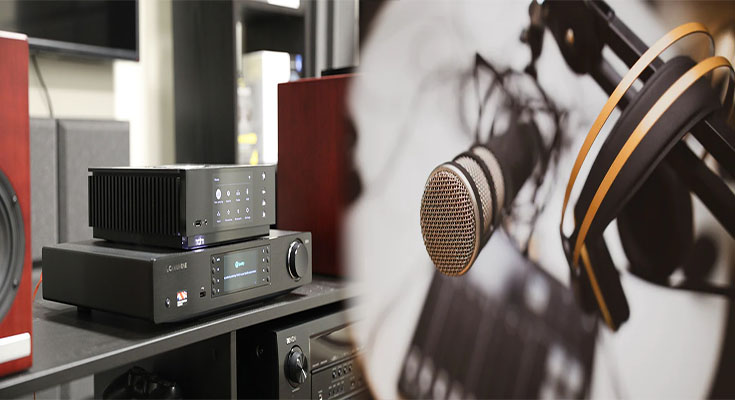
Audio Streaming Technology
If you are looking for audio streaming technology, there are many options available. You can choose a platform that uses adaptive streaming, or you can choose to use one that uses a set of codecs to deliver the same audio content to all devices. There are a number of different advantages and disadvantages associated with each platform, so it’s important to know which ones are best for your business.
Adaptive streaming technique for audio
Adaptive streaming technology for audio delivers high-quality audio at various bitrates based on available bandwidth. Its encoders automatically prepare audio segments with varying bitrates and seamlessly join them. The encoders deliver these segments to the server with a manifest file that describes the bitrates that are available. The player then monitors available bandwidth and asks the server to send audio segments encoded at the best available bitrate to the listener.
Adaptive streaming is used by Netflix, …
Audio Streaming Technology Read More
